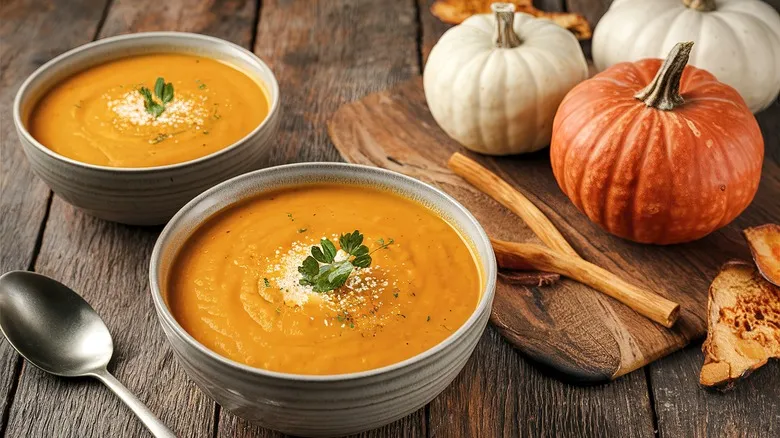What is bisque?
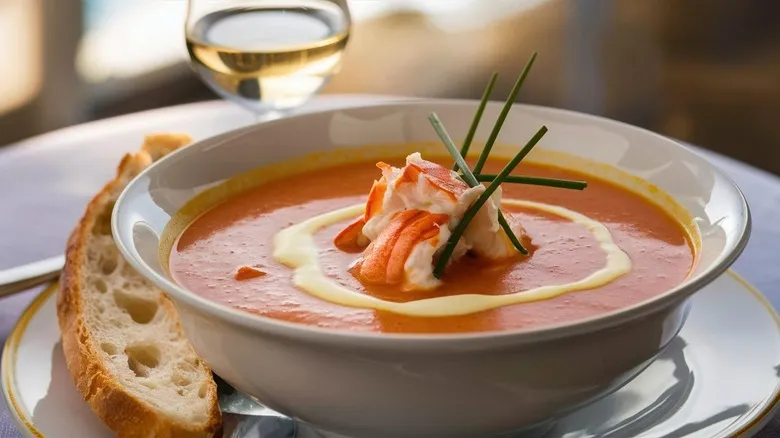
Delicious bisque is a classic French dish that dates back to the 17th century. Originating from coastal regions, it is traditionally made with crustaceans such as crayfish, crab, lobster, and shrimp. To create the dish's signature texture, chefs would grind the shells of the crustaceans into a paste, imparting a robust seafood flavor and thickening the soup.
While contemporary versions often deviate from this method, a roux or rice can be used to achieve the desired thickness. A mirepoix of carrots, onions, and celery enhances the flavor, often complemented by a splash of alcohol like white wine, sherry, or brandy. Cream is typically added towards the end of cooking to create the dish's signature velvety texture. The soup is then strained to achieve a thick yet smooth consistency. Bisques are usually garnished with pieces of crustacean meat and fresh herbs.
While seafood bisque is the traditional favorite, the term "bisque" has broadened to encompass blended soups with various ingredients. Whether it’s tomato or chicken bisque, the aim remains the same: to create a rich, smooth soup with an elegant flavor.
What is soup?

Soup, in its essence, encompasses a wide range of definitions: any combination of vegetables, meats, or seasonings cooked in a liquid qualifies. This cooking technique has deep roots in culinary history, with evidence dating back to as early as 20,000 B.C. Our ancient ancestors recognized the advantages of simmering bones and meat scraps in liquid, establishing soup as one of the earliest comfort foods. Since then, variations have emerged in nearly every cuisine around the world.
From the cool and refreshing chlodnik of Poland to a delightfully spicy chicken tortilla soup, the soup format embraces an array of flavors. The variations also extend to different textures. For instance, pho is crafted with delicate chicken or beef broths infused with spices, while a robust minestrone features a hearty mix of root vegetables, pasta, meats, and more. Often, soups highlight a variety of local ingredients, cleverly utilizing what is readily available. At the same time, this culinary style intricately layers flavors into a cohesive whole, allowing them to meld together beautifully.
Bisques come together with an unique assembly process
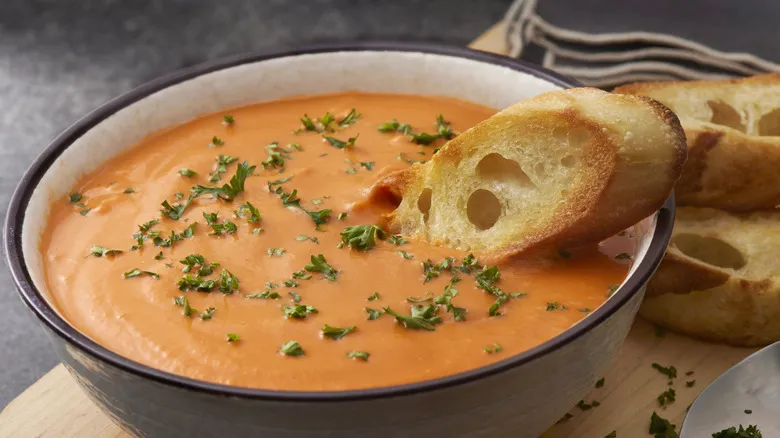
While seafood and bisque are still a classic pairing, the soup is now characterized more by its rich, creamy texture than by its specific ingredients and flavors. Consider the distinction between chowder and bisque: both dishes utilize similar components, yet they are combined in unique ways.
To create a traditional shellfish-based bisque, a specific preparation method is followed. The seafood is boiled or steamed with the shells on, and once fully cooked, the meat is extracted. The shells are then sautéed with a fragrant mirepoix, which is subsequently deglazed with a fine wine or sherry. This two-step process is essential to the soup; in fact, the term "bisque" translates to "twice-cooked" in French.
Next, the mixture is transformed into a soup-like consistency by adding broth and thickening it with rice or roux. The blend is simmered, then pureed and enriched with cream. The final product is aromatic, indulgent, and layered with complexity. You can even substitute the crustaceans with creative combinations, such as a panang curry tomato bisque, while still achieving intricate flavors.
Soups come in a wider range of textures
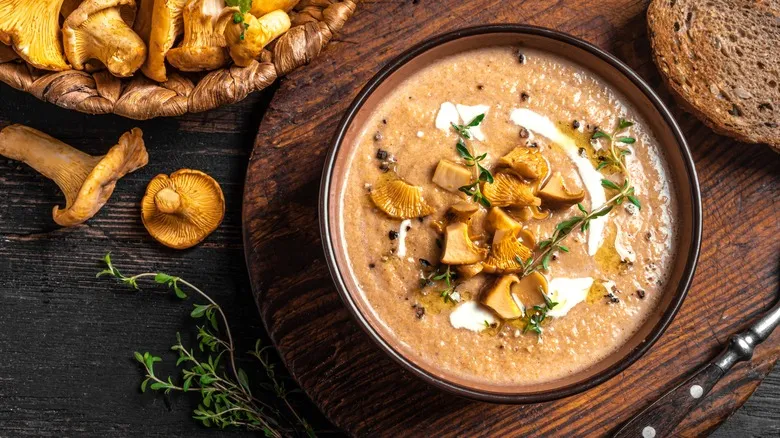
Soups can generally be categorized into two primary textural styles. One style features a clear broth that has been carefully skimmed and strained to achieve a liquid consistency. Ingredients are then added to this base, resulting in a variety of textural contrasts. The other style involves thickening the liquid base with a diverse range of components such as grains, eggs, flour, purees, and dairy.
Bisque falls into the latter category, characterized by its notably thick and creamy texture. Compared to other dairy-based soups like cream of mushroom, bisques use a greater amount of cream and incorporate the dairy earlier in the cooking process. This unique fat-based thickness sets bisques apart from other types of soup.
However, there are soups that achieve a dense and smooth texture through different methods. In Chinese cuisine, eggs serve as a thickening agent, as seen in the aptly named egg drop soup. In Georgia, hearty egg and flour-based soups known as "chikhirtma" are popular. Additionally, bread-thickened soups are a regional favorite; Spain's salmorejo, a relative of gazpacho, is celebrated for its distinctive thick texture. Thus, while the world of soups is vast, bisque certainly stands out with its unique charm.
Recommended
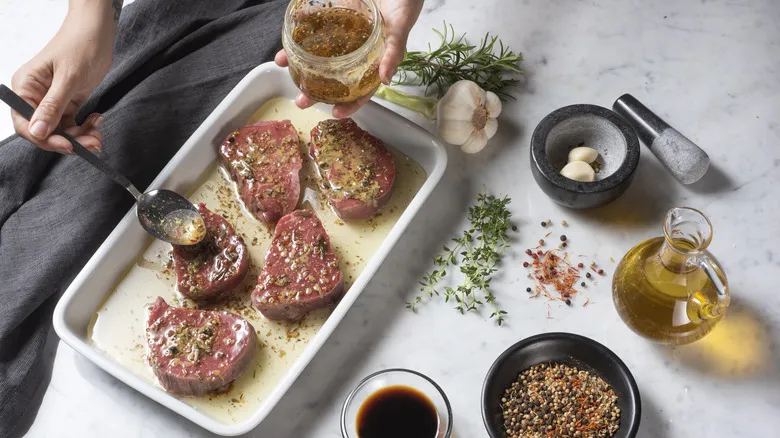
A Food Scientist Explains What Really Happens When You Marinate Meat
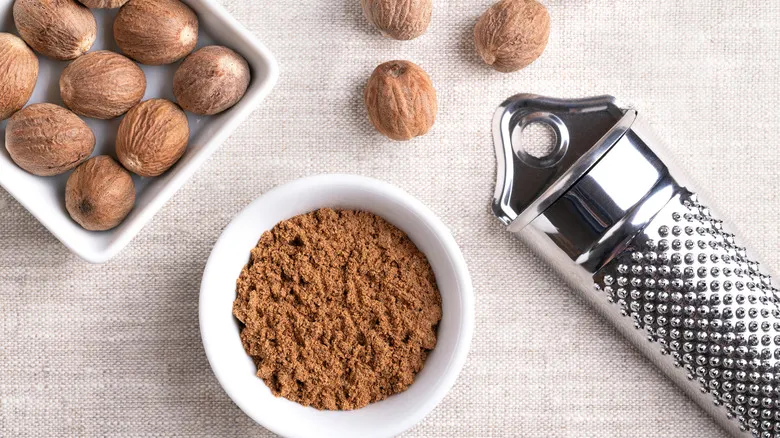
Can Nutmeg Really Make You Hallucinate?

What Is Gum Really Made Of?

What The Paper In Your Pizza Box Is And Why It's In There
Next up

